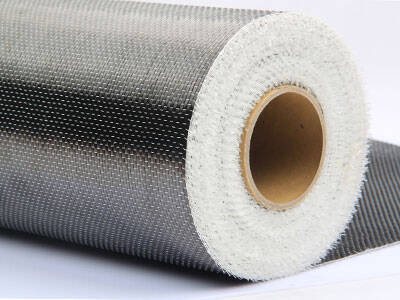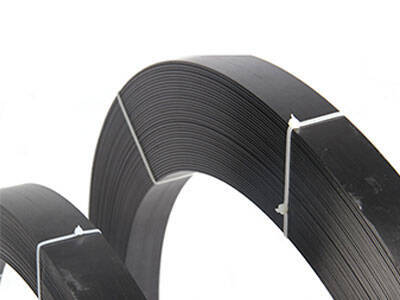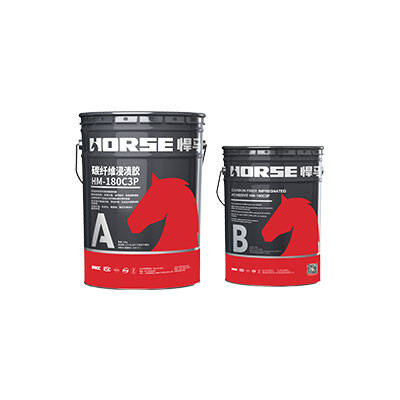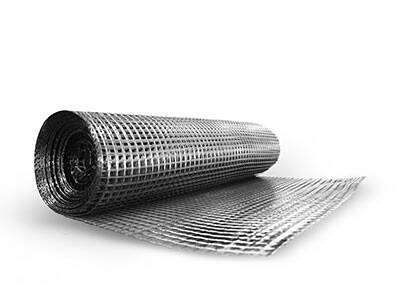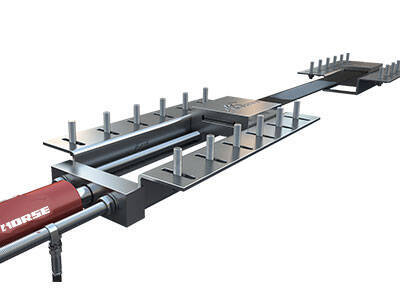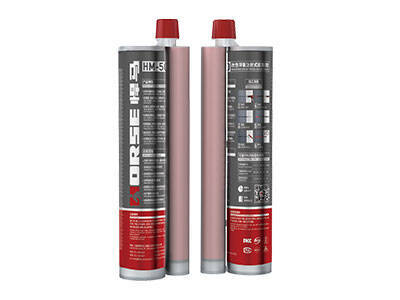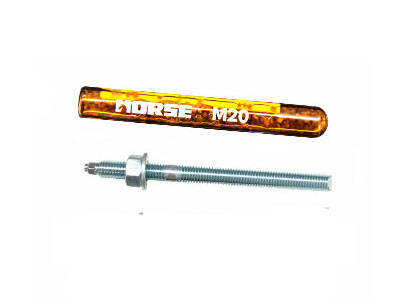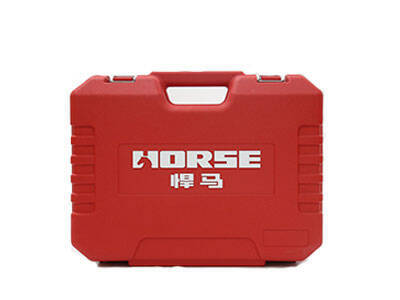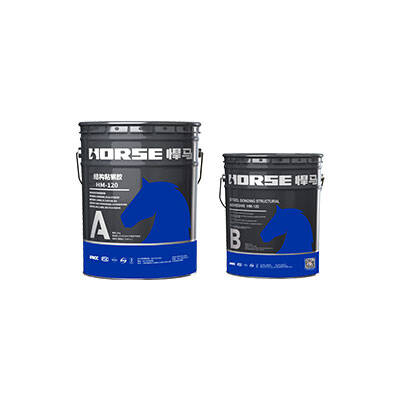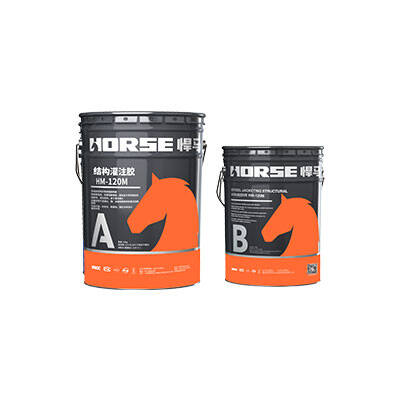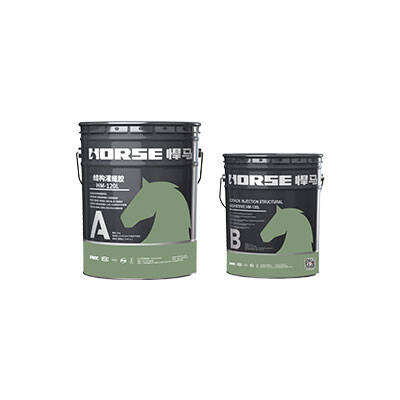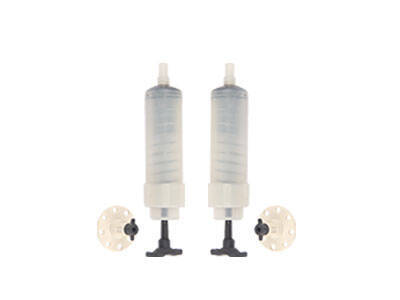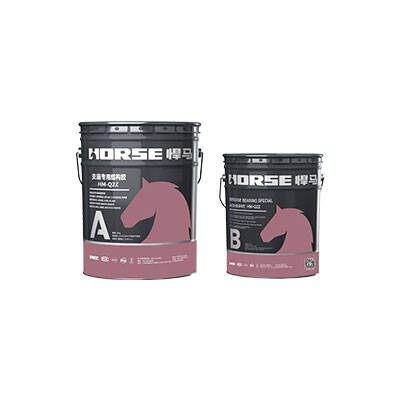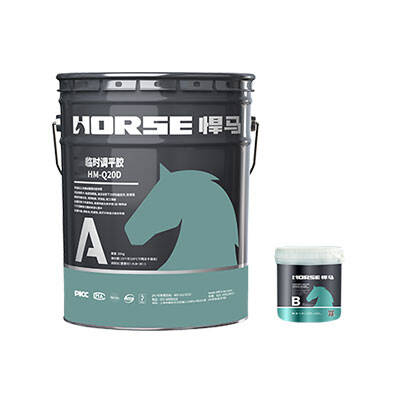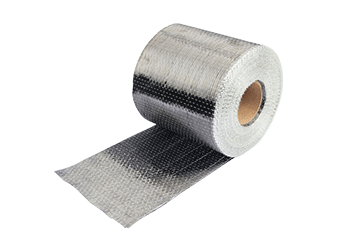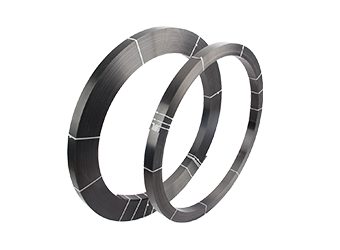1. Aperçu
Le cycle de vie des ponts comprend trois étapes : construction, exploitation et vieillissement. Bien que la construction des ponts ait pris en compte dès le début le développement économique et les besoins sociaux à court et à long terme, et ait utilisé les technologies et les matériaux les plus avancés, il reste difficile de surmonter les contraintes historiques. Avec le développement des sciences et des technologies, la charge et la vitesse des véhicules augmentent progressivement. Les exigences en matière de sécurité et de confort de conduite sont plus élevées. Cependant, la construction précoce des ponts, les faibles normes de charge et la qualité de construction médiocre, ainsi que l'apparition de nombreuses années d'exploitation, ont entraîné l'apparition de problèmes de ponts anciens. L'entretien et le renforcement des ponts anciens constituent donc un problème urgent à résoudre.
Les pays développés ont investi massivement dans la recherche sur les technologies de renforcement des ponts anciens, et lors de la construction de nouveaux ponts, ils accordent toujours une grande importance à la valorisation de la valeur des ponts anciens. La Chine développe activement ses infrastructures, ce qui entraîne une forte demande de financement. La reconstruction rapide de ponts dangereux sur les routes nationales nécessite non seulement des fonds importants, mais va également à l'encontre du développement durable de la construction de ponts. L'auteur suivant, selon le réseau routier en cours de transformation ces dernières années, propose des méthodes d'entretien et de renforcement pour les ponts de petite et moyenne portée.
2. Méthode de renforcement par enrobage de fibre de carbone collée
La fibre de carbone est un nouveau type de matériau offrant les avantages d'une résistance élevée, d'une légèreté, d'une résistance à la corrosion et d'une mise en œuvre aisée. Elle est idéale pour le renforcement des ponts anciens. Pour le renforcement des éléments en béton, des plaques de PRFC sont collées à la surface des éléments en fonction de leurs différentes caractéristiques mécaniques, ce qui permet de limiter la déformation et d'améliorer la capacité portante.
Cette méthode de renforcement est largement utilisée pour renforcer la rigidité à la flexion, réduire la déflexion et limiter la propagation des fissures du béton. Lorsque la structure de renforcement est complexe, il est très difficile de la construire avec une enveloppe en béton ou une méthode de collage de plaques d'acier, qui peut endommager la structure d'origine. Le tissu en fibre de carbone permet désormais de construire des structures s'adaptant à la forme de la structure, réduisant ainsi la difficulté de construction.
3. Méthode de renforcement par béton projeté
Le béton projeté à ancrage est une structure composite qui consiste à ancrer la tige d'ancrage dans la partie renforcée de la structure, puis à projeter une certaine épaisseur de béton pour que celle-ci puisse supporter les efforts externes avec la structure d'origine.
Cette méthode de renforcement est de plus en plus utilisée pour le renforcement des ponts en arc à dalles de maçonnerie. Actuellement, les matériaux utilisés pour les ponts en arc à dalles sur les routes de faible pente ne sont pas rigoureusement sélectionnés en fonction de leur résistance et de leurs spécifications dès le début de la construction. Le mortier n'est pas entièrement rempli lors de la pose des dalles de maçonnerie et la composition du mélange de mortier n'est pas rigoureusement contrôlée, sans compter les effets à long terme du surpoids des véhicules. On observe une altération généralisée des éclats dans l'anneau principal de l'arche, des roches de différentes tailles, un écrasement et une fragmentation des éclats, une résistance inégale des roches, etc. Le mortier de maçonnerie se détache et se décolle, et des cavités apparaissent. Des fissures longitudinales ont été constatées dans certains anneaux de l'arche. Face à cette situation, l'ancrage et le renforcement par béton projeté du béton permettront non seulement d'interrompre la circulation, mais aussi de résoudre ces problèmes.
4. Méthode de renforcement du béton par sous-traitance
La méthode de renforcement par section élargie consiste à agrandir la section et à renforcer les éléments afin d'en améliorer la résistance et la rigidité. Cette méthode est largement utilisée pour renforcer les liaisons latérales des ponts. Les poutres à tirants ou diaphragmes des ponts anciens sont de petite taille et présentent une faible résistance et rigidité. Sous l'effet des fortes charges externes actuelles, d'importantes déformations se produisent, entraînant la fissuration et le décollement des poutres à tirants, et la charge latérale ne peut être efficacement répartie. Dans ce cas, la taille de la poutre transversale est augmentée grâce à la méthode de renforcement enveloppant du béton. Le renforcement de la liaison transversale améliore les performances mécaniques transversales globales de la poutre principale, augmentant ainsi la capacité portante du pont et améliorant sa rigidité et sa stabilité.
5. Conclusion
Les méthodes décrites ci-dessus sont souvent utilisées pour le renforcement conventionnel des ponts de moyenne et petite portée. En raison des capacités économiques limitées de notre pays, l'entretien et le renforcement des ponts sont inévitables à long terme pour assurer la sécurité de leur exploitation.
(1) En raison du manque de données sur l'ancien pont, il existe des différences entre les contraintes réelles et le modèle de calcul structurel. Le renforcement du pont est donc rigoureusement calculé par l'unité de conception et méticuleusement construit par l'unité de construction conformément aux plans. Il est recommandé d'inspecter le pont renforcé, d'observer et d'enregistrer les données de manière détaillée. Une analyse comparative des calculs théoriques permet de tirer des conclusions fiables et fiables avant l'ouverture du pont.
(2) Il est important de mettre en œuvre les principes de « construction et d'attention égale » et de « prévention avant tout » pour le traitement des maladies des ponts. Les ponts doivent être inspectés et entretenus régulièrement, et les maladies mineures détectées doivent être réparées à temps afin d'éviter leur extension et la perte de capacité portante.
(3) À l’heure actuelle, la construction des ponts doit s’inscrire dans la voie du développement durable, et les nouveaux ponts doivent tenir compte de leur détectabilité, de leur renforcement et de leur remplaçabilité.

















